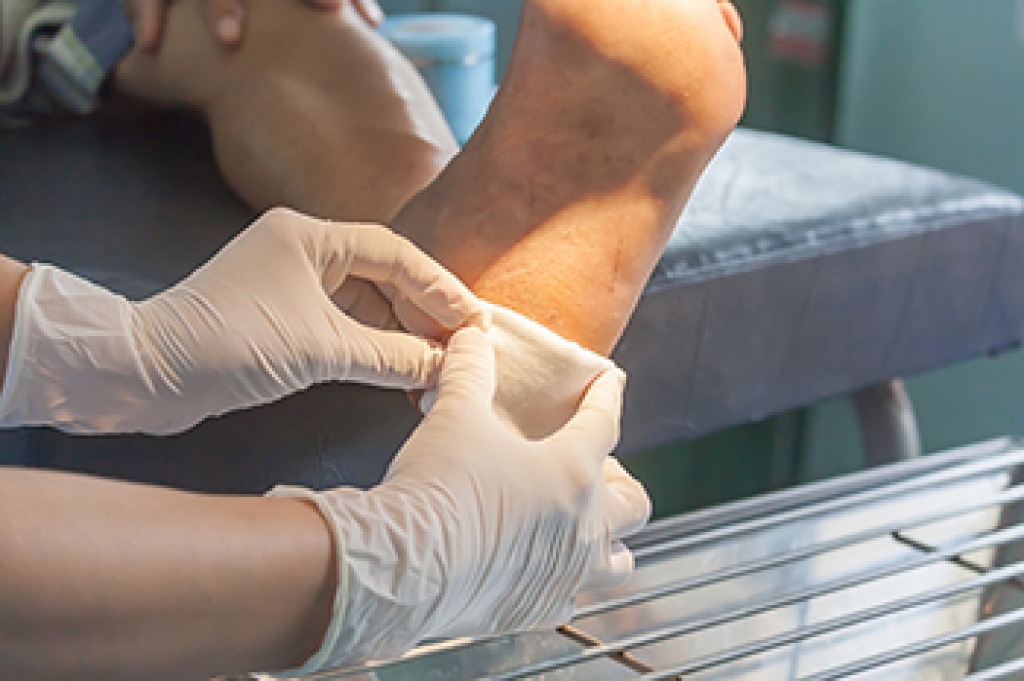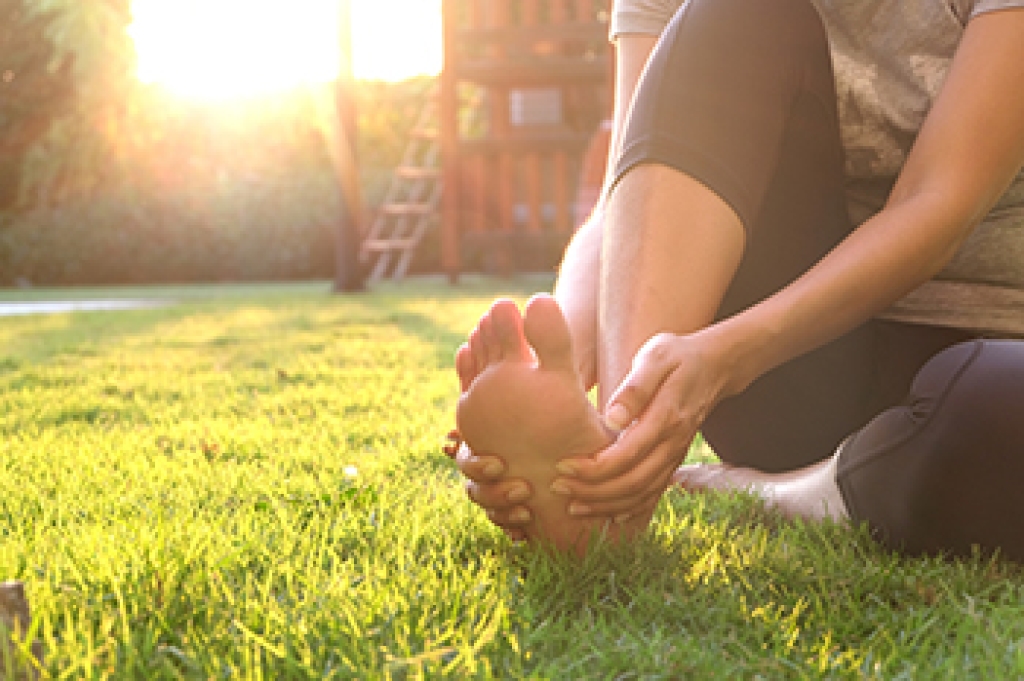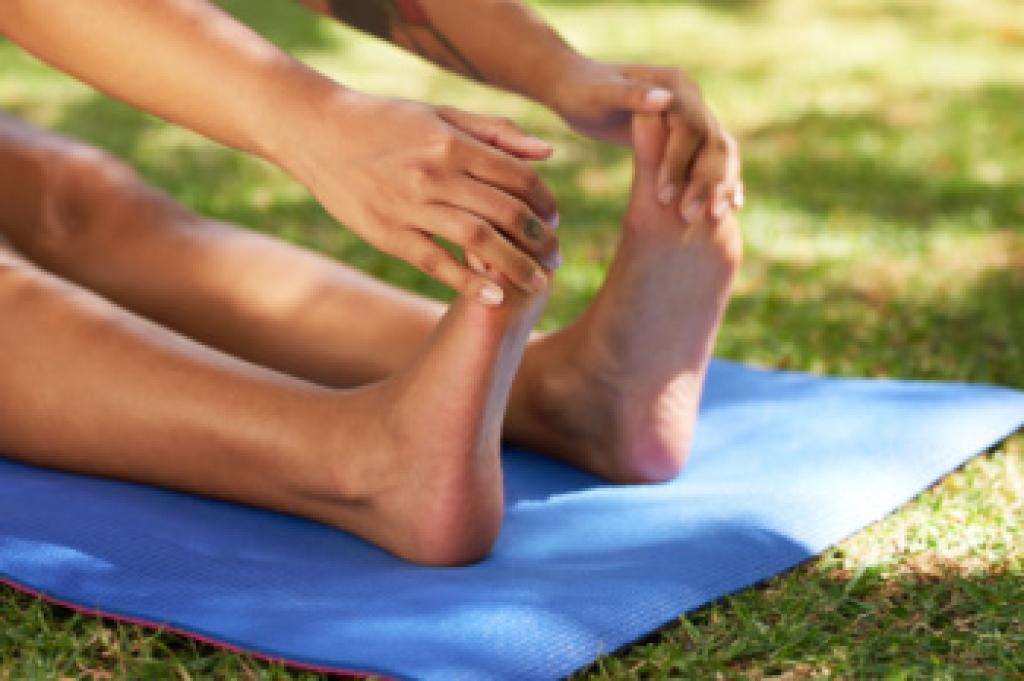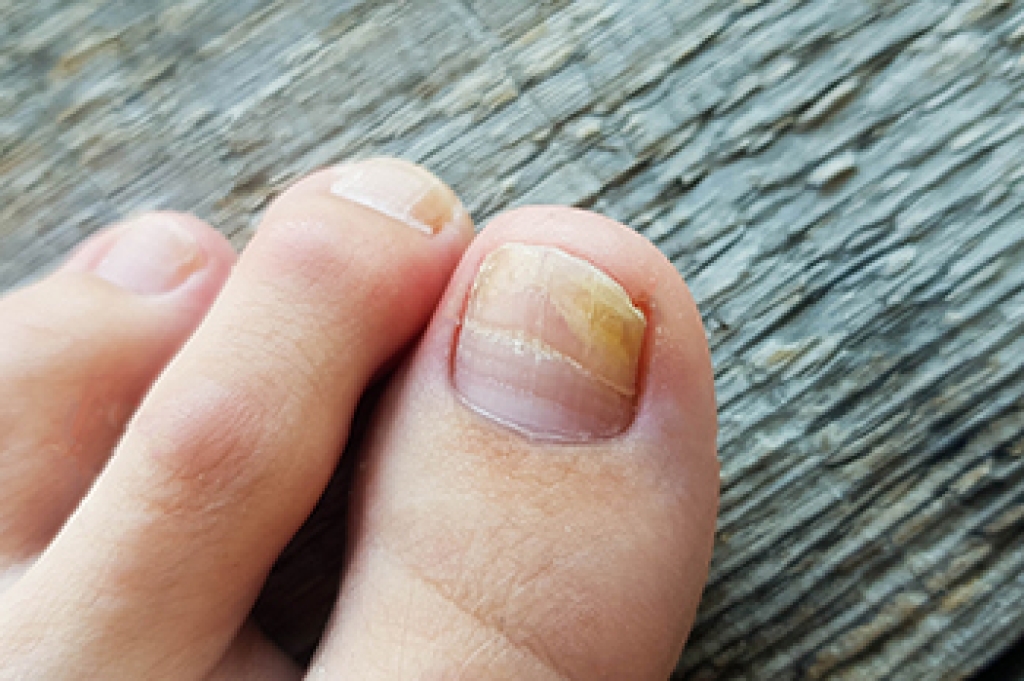
Stepping on a nail can lead to a serious puncture wound, especially if the nail is rusty or contaminated. These types of injuries can drive bacteria deep into the foot, increasing the risk of infection, abscess, or even bone involvement. Symptoms include immediate sharp pain, bleeding, swelling, and difficulty walking. The area may feel tender and become increasingly painful, over time. If the wound becomes infected, you may also notice pus, fever, or red streaks spreading from the site. A podiatrist can assess the severity of the wound, clean and dress it properly, and determine if antibiotics or a tetanus shot are needed. In some cases, imaging may be used to rule out foreign material or bone injury. Prompt treatment reduces the risk of complications, especially for individuals with diabetes or poor circulation. It is suggested that you schedule an appointment with a podiatrist immediately after stepping on a nail to ensure proper wound care and healing.
Wound care is an important part in dealing with diabetes. If you have diabetes and a foot wound or would like more information about wound care for diabetics, consult with Jennifer M. Kern, DPM from South Carolina. Our doctor will assess your condition and provide you with quality foot and ankle treatment.
What Is Wound Care?
Wound care is the practice of taking proper care of a wound. This can range from the smallest to the largest of wounds. While everyone can benefit from proper wound care, it is much more important for diabetics. Diabetics often suffer from poor blood circulation which causes wounds to heal much slower than they would in a non-diabetic.
What Is the Importance of Wound Care?
While it may not seem apparent with small ulcers on the foot, for diabetics, any size ulcer can become infected. Diabetics often also suffer from neuropathy, or nerve loss. This means they might not even feel when they have an ulcer on their foot. If the wound becomes severely infected, amputation may be necessary. Therefore, it is of the upmost importance to properly care for any and all foot wounds.
How to Care for Wounds
The best way to care for foot wounds is to prevent them. For diabetics, this means daily inspections of the feet for any signs of abnormalities or ulcers. It is also recommended to see a podiatrist several times a year for a foot inspection. If you do have an ulcer, run the wound under water to clear dirt from the wound; then apply antibiotic ointment to the wound and cover with a bandage. Bandages should be changed daily and keeping pressure off the wound is smart. It is advised to see a podiatrist, who can keep an eye on it.
If you have any questions please contact our office located in West Columbia, SC . We offer the newest diagnostic and treatment technologies for all your foot and ankle needs.







